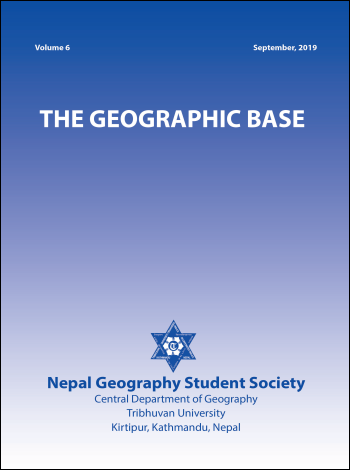Efficacy of Different Level of Systemic Fungicides on Management of Rice Blast at Baitadi, Nepal
DOI:
https://doi.org/10.3126/tgb.v7i0.34267Keywords:
Chemical control, plant pathogen, Pyriculariaoryzae, disease severityAbstract
Rice blast (Pyriculariaoryzae Cavara) is one of the most devastating diseases affecting the rice crop in across the world. Systemic fungicides are used for the suppression of blast diseases caused by fungal pathogens. Propiconazole and Carbendazim are commercial chemical control products available in markets for the control of the fungal pathogen. An experiment was conducted to examine the effectiveness of systemic fungicide on suppression of rice blast incidence in farmers' field during wet seasons in 2016. The treatments consisted of the use of different levels of propiconazole and Carbendazim on ‘Rato Basmati’ a landrace rice variety. The experiments were arranged in a randomized complete block design with three replications. The disease was scored according to the standard scale developed by the International Rice Research Institute (IRRI). Disease severity and Area under Disease Progressive curve (AUDPC) was computed based on that scale score. Propiconazole and Carbendazim at different levels reduce disease development than no treatment (control). But its efficacy was not consistent. The magnitude of disease suppression by Propiconazole was high as compared to Carbendazim. The application of propiconazole at the rate of 1.5 ml effectively reduced disease severity and AUDPC at different dates. So propiconazole at the rate of 1.5 ml thrice at weekly intervals is effective to reduce the disease development
Downloads
Downloads
Published
How to Cite
Issue
Section
License
© Nepal Geography Student Society




